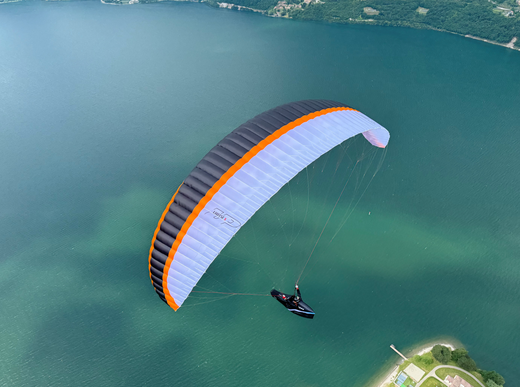Skydiving vs. Hang Gliding vs. Paragliding: Which is More Challenging?

The thrill of flying through the skies, free as a bird, is a dream many share. Fortunately, several adventurous sports allow us to experience this exhilaration - skydiving, hang gliding, and paragliding. While they all involve flying through the air, each offers a distinct set of challenges, rewards, and unique experiences.
In this explorative guide, we will delve into the worlds of skydiving, hang gliding, and paragliding to determine which is the most challenging.
Skydiving Challenges
Skydiving is often considered the ultimate adrenaline-pumping adventure. Jumping out of an aeroplane from thousands of feet above the ground is an experience that tests your courage, both mentally and physically.
Overcoming Fear
The most immediate challenge in skydiving is conquering the fear of jumping out of an aircraft. The heart-pounding moment when you step out of the plane and feel the rush of the wind is a psychological hurdle that not everyone can overcome.
Physical Demands
Skydiving subjects the body to rapid acceleration during the initial free-fall, followed by abrupt deceleration when the parachute opens. This can significantly strain the body, requiring participants to be in good physical shape.
Landing Precision
Achieving a precise landing spot can be a challenging aspect of skydiving. Factors like wind conditions, altitude, and the parachute's opening can affect where you touch down. This requires skill and a deep understanding of the variables involved.
Hang Gliding Challenges
Hang gliding offers a unique perspective of flight, allowing participants to glide through the air like birds. Unlike skydiving, hang gliders launch from an elevated area and are suspended beneath a lightweight, non-motorized glider, relying on their skills and the elements to stay aloft.
Launching and Landing
One of the primary challenges in hang gliding is the takeoff and landing. Participants must run down a slope or use a tow to gain enough speed for takeoff, and executing a smooth landing can be equally demanding. Coordination between the glider, wind, and terrain is vital.
Weather Conditions
Hang gliding is heavily dependent on weather conditions, especially wind. Balancing the glider in varying winds and making necessary adjustments require skill and experience. Knowing when it's safe to fly and when to stay grounded due to unfavourable conditions is crucial for hang gliders.
Navigation
Hang gliders need to navigate through thermals and air currents to stay aloft. Critical skills are all reading the air, adjusting their body position and the glider's control surfaces, and knowing when to exploit rising air currents. This requires a deep understanding of meteorology and aerodynamics.
Paragliding Challenges
Paragliding offers a more serene and graceful flight form than skydiving and hang gliding. Participants sit in a harness beneath a parachute-like wing, which allows for a slower and more controlled descent.
Launching and Landing
Similar to hang gliding, paragliding involves launching by foot from an elevated area and landing precisely. Coordinating with the wind and terrain is essential for a safe takeoff and landing. It's a skill that requires practice and finesse.
Wing Control
Paragliders must master wing control to maintain stability and avoid collapses or spins. This requires a delicate touch and a deep understanding of the wing's behaviour. Knowing how to handle the wing in various situations is vital for a paragliding enthusiast.
Weather Awareness
Like hang gliding, paragliding is heavily influenced by weather conditions. Knowing when to fly and when to stay grounded due to adverse conditions is a safety concern and an essential part of the sport. Paragliders must constantly monitor weather patterns and make informed decisions.
Conclusion
So, which of these aerial adventures is the most challenging? The answer is subjective and depends on individual preferences and capabilities. Skydiving demands conquering the fear of jumping out a plane. Hang gliding relies on skill, weather conditions, and navigation. Paragliding requires a combination of finesse, meteorological knowledge, and wing control.
Paragliding might be the perfect choice if you're seeking a high-adventure experience that combines thrill and tranquillity. It offers a unique balance between adrenaline and serenity, making it a fantastic option for those looking to explore the skies in a more controlled and graceful manner.
High Adventure for Paragliding
Are you ready to take flight and experience the exhilaration of paragliding for yourself? Join us for the adventure of a lifetime! Book your paragliding experience now and embark on a journey that will leave you breathless and in awe of the world from above.
Don't miss the opportunity to soar through the skies and create memories that will last a lifetime. Contact us today to book your high-adventure paragliding experience!











